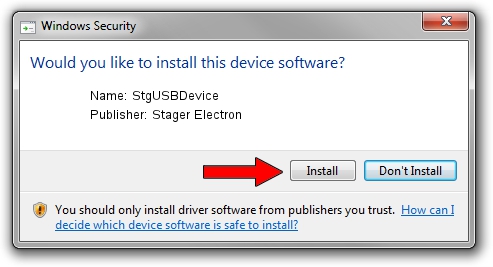The degree of localization of these electron pairs increases with pressure, which explains the observed increase of the resistivity and semiconducting behavior of fcc calcium under pressure. This is seen also in a very non-free-electron-like electronic density of states ( Fig. 1 ), showing a small band gap (approximately 0.1 eV) at 18 GPa. Driver, results in strong electric fields from of the order of 10 GV/m. Electron-laser (FEL) operation as a first step towards applications in high-energy physics. Future staging of.
Coupling Effects in Multistage Laser Wake-field Acceleration of Electrons
Abstract
Drivers Stager Electronic Stores

Staging laser wake-field acceleration is considered to be a necessary technique for developing full-optical jitter-free high energy electron accelerators. Splitting of the acceleration length into several technical parts and with independent laser drivers allows not only the generation of stable, reproducible acceleration fields but also overcoming the dephasing length while maintaining an overall high acceleration gradient and a compact footprint. Temporal and spatial coupling of pre-accelerated electron bunches for their injection in the acceleration phase of a successive laser pulse wake field is the key part of the staging laser-driven acceleration. Here, characterization of the coupling is performed with a dense, stable, narrow energy band of <3% and energy-selectable electron beams with a charge of 1.6 pC and energy of 10 MeV generated from a laser plasma cathode. Cumulative focusing of electron bunches in a low-density preplasma, exhibiting the Budker-Bennett effect, is shown to result in the efficient injection of electrons, even with a long distance between the injector and the booster in the laser pulse wake. The measured characteristics of electron beams modified by the booster wake field agree well with those obtained by multidimensional particle-in-cell simulations.


Drivers Stager Electronic
- Physics - Plasma Physics;
- Physics - Accelerator Physics

Comments are closed.